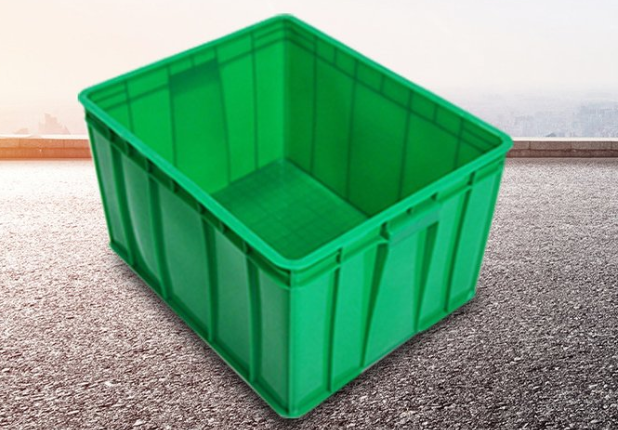 English
English Español
Español  Português
Português  русский
русский  Français
Français  日本語
日本語  Deutsch
Deutsch  tiếng Việt
tiếng Việt  Italiano
Italiano  Nederlands
Nederlands  ภาษาไทย
ภาษาไทย  Polski
Polski  한국어
한국어  Svenska
Svenska  magyar
magyar  Malay
Malay  বাংলা ভাষার
বাংলা ভাষার  Dansk
Dansk  Suomi
Suomi  हिन्दी
हिन्दी  Pilipino
Pilipino  Türkçe
Türkçe  Gaeilge
Gaeilge  العربية
العربية  Indonesia
Indonesia  Norsk
Norsk  تمل
تمل  český
český  ελληνικά
ελληνικά  український
український  Javanese
Javanese  فارسی
فارسی  தமிழ்
தமிழ்  తెలుగు
తెలుగు  नेपाली
नेपाली  Burmese
Burmese  български
български  ລາວ
ລາວ  Latine
Latine  Қазақша
Қазақша  Euskal
Euskal  Azərbaycan
Azərbaycan  Slovenský jazyk
Slovenský jazyk  Македонски
Македонски  Lietuvos
Lietuvos  Eesti Keel
Eesti Keel  Română
Română  Slovenski
Slovenski  मराठी
मराठी  Srpski језик
Srpski језик
HOW PLASTIC CRATE MOLDING SHRINKAGE AFFECTS THE FINAL PRODUCT
2021-08-03
HOW PLASTIC CRATE MOLDING SHRINKAGE AFFECTS THE FINAL PRODUCT
What is Plastic Crate Molding Shrinkage?
In plastic parts manufacturing, shrinkage is a normal process in injection molding that refers to how much the polymers will contract during the cooling phase. The primary cause of shrinkage is the transition from the density of melted plastic to the density of its cooled, rigid state. While it occurs during the cooling stage, minimal shrinkage can continue after the part’s ejection as the moisture and temperature stabilize. If areas of the part shrink unevenly – known as warpage – it can cause severe part defects. Beyond the shifting of the polymer’s density, other factors facilitate variable shrinkage, as well.
Other Causes of Injection Molding Shrinkage
Shrinkage is influenced by plastic composition and the material’s properties, and the processing conditions – such as flow rate and temperature – and part design can also contribute. Let’s review some of these causes:
Plastic Composition: Semi-crystalline plastics like polyethylene have a higher shrink rate than amorphous plastics, such as ABS. The molecular makeup of semi-crystalline plastics forms crystallite – a smaller, more compact structure than amorphous polymers, like polycarbonate.
Molecular Weight: Resins with a high molecular weight tend to have higher viscosity when filling an injection mold and a higher pressure drop while in the cavity. This pressure low pressure can lead to higher shrink rates in the final part.
Additives: Fillers, such as glass and ceramic fibers, have a low thermal expansion, so during the cooling process, they tend to shrink less.
Stress Level: During the molding process, the time and temperature at which the part is placed under stress can cause an excessive amount of fluid which can result in too much shrinkage and brittleness.
In addition to these causes, other variables include injection pressure, melt and mold temperatures, and the geometry of the part. Since there are a lot of factors that can influence shrinkage, it’s crucial to work with a manufacturer who can accurately calculate the part’s shrink rate to avoid defects.

Calculating Shrink Rates to Ensure Durable Final Product
It’s important to predict shrinkage before beginning production to stave off expensive and timely tool adjustments. All plastics have a minimum and maximum percentage of shrinkage, but you need to factor in all the other elements that affect the shrink rate. The best method to calculating the shrink rate is to develop a prototype tool to mimic the cooling and gating specifications being used during production. Not only will it provide an accurate measurement of shrinkage, but it will also allow for the opportunity to tweak the tooling before the production process if any defects occur.
Determining the rate of plastic injection molding shrinkage is vital to maintaining streamlined production. That’s why it’s important to work early with your vendor and invest and prototype tooling. At Midstate Mold, our engineers are experts at uncovering preventable defects during the design and prototyping phase. We’ll ensure your production is executed without unnecessary and expensive disruptions and turn out a durable final product. If you would like our help with your next project, don’t hesitate to contact us today.





